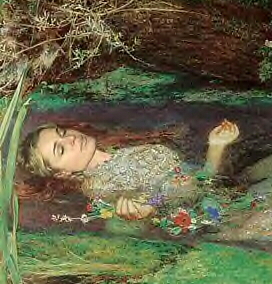"I'VE NEVER MET A WARMER, GENEROUS... HE IS NOT HIS PAINTINGS!"
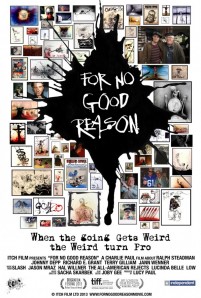 TIME's Richard Corliss posted a review yesterday of Charlie Paul's For No Good Reason, a documentary portrait of artist Ralph Steadman. Steadman's "interlocutor is Johnny Depp," writes Corliss, "a friend of [Hunter S.] Thompson who also starred in Terry Gilliam’s movie of Fear and Loathing in Las Vegas and Bruce Robinson’s film of Thompson’s The Rum Diary. In 1998, Depp and Thompson visited the TIME offices and raised some merry hell (or so I’m told; I wasn’t invited). After Thompson’s death, Depp funded the funeral service: shooting the writer’s ashes from a cannon to the accompaniment of 'Mr. Tambourine Man' (the Bob Dylan song to which the Las Vegas book was partly dedicated). Among the mourner-celebrants were Jack Nicholson, Sean Penn, Bill Murray, Charlie Rose and Ralph Steadman.
TIME's Richard Corliss posted a review yesterday of Charlie Paul's For No Good Reason, a documentary portrait of artist Ralph Steadman. Steadman's "interlocutor is Johnny Depp," writes Corliss, "a friend of [Hunter S.] Thompson who also starred in Terry Gilliam’s movie of Fear and Loathing in Las Vegas and Bruce Robinson’s film of Thompson’s The Rum Diary. In 1998, Depp and Thompson visited the TIME offices and raised some merry hell (or so I’m told; I wasn’t invited). After Thompson’s death, Depp funded the funeral service: shooting the writer’s ashes from a cannon to the accompaniment of 'Mr. Tambourine Man' (the Bob Dylan song to which the Las Vegas book was partly dedicated). Among the mourner-celebrants were Jack Nicholson, Sean Penn, Bill Murray, Charlie Rose and Ralph Steadman."Depp’s appearance in the doc, however appreciated, doesn’t bring much but the patronage of a famous, friendly dude. Nor is Paul quite up to the challenge of synopsizing and illuminating an artist’s long career. As if to prove this is a coffee-house movie and not a coffee-table book, the director uses split screens, animation and rapid montage. But the salient, liveliest parts of For No Good Reason — the title comes from Thompson’s reply when Steadman once asked him, 'Why are we doing this?' — are to be found in the artist’s display of his work and recollections of the eccentrics he met."
In a later paragraph, Corliss discusses the seeming contrasts between Thompson and Steadman, and includes a quote from Brian De Palma that is apparently in the movie:
"While in America [Steadman] got an assignment to cover the Kentucky Derby for Scanlans magazine; the writer would be Hunter Thompson. He quickly realized that he had 'scored a bull’s eye the first time, and met the one man I needed to meet in America.' The two seemed a chronic mismatch. 'To me he was weird,' Steadman says. 'To him, I was weird.' The artist rarely took drugs or alcohol; the writer never stopped. Director Brian De Palma says of Steadman, 'I’ve never met a warmer, generous… He is not his paintings!' Yet Rolling Stone’s Jann Wenner, who hired Steadman to illustrate Las Vegas after another artist dropped out, says that Steadman was the more daring one, Thompson the more cautious."







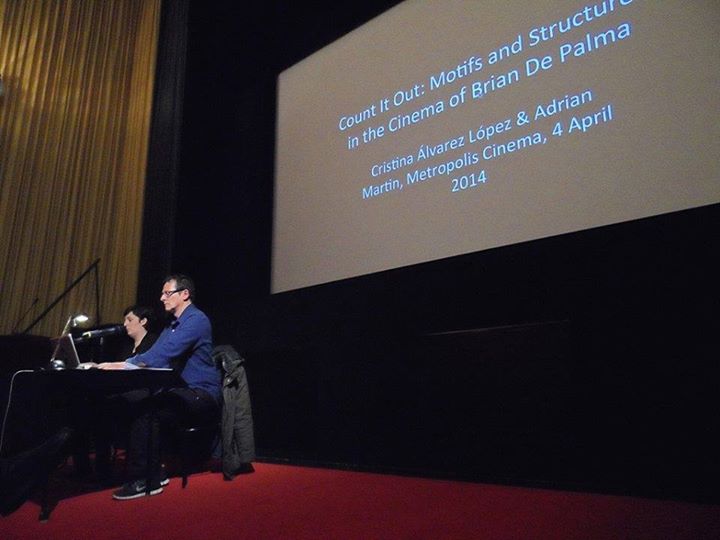
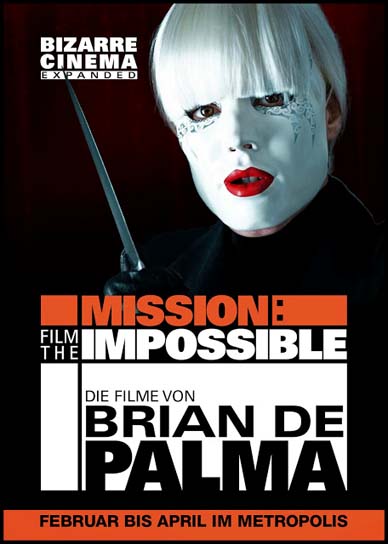

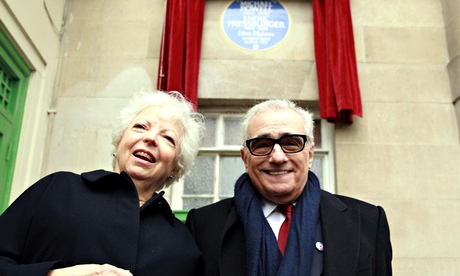
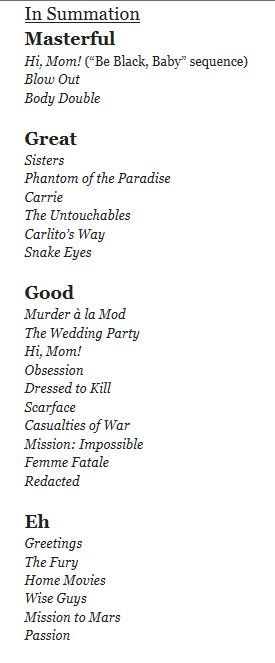 Two random rankings of the films of Brian De Palma have popped up on the web within the past few days. While there is some consensus between the two as to the greatness of films such as Carlito's Way, Body Double, and Hi, Mom! (give or take a few degrees), the lists are probably more interesting for their differences. Alex Winthrow, who rated every De Palma film for a directors series at his blog,
Two random rankings of the films of Brian De Palma have popped up on the web within the past few days. While there is some consensus between the two as to the greatness of films such as Carlito's Way, Body Double, and Hi, Mom! (give or take a few degrees), the lists are probably more interesting for their differences. Alex Winthrow, who rated every De Palma film for a directors series at his blog, 